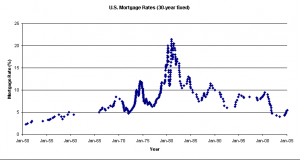Amazon is a massive client for delivery corporations, however moving millions of Prime boxes not a high margin business for a few.
“Amazon packages are very small, and they don’t take up a whole lot of space but at the same time there’s not a whole lot of money to be made by moving them ” Cathy Roberson an analyst with Logistics Trends & Insights LLC said.
FedEx’s latest quarterly remunerations highlighted that. The Memphis package carrier’s segment of US delayed packages (non-priority shipments) jumped by 24%. But the revenue per package plunged by 7% - $16.52 to $15.41 per package. It shows the variance volume and produce - a high-volume segment isn’t essentially one that drives operating profits.
US delayed packages are non-overnight air consignments that don’t need to be delivered before a certain time. It encompasses around a third of FedEx’s domestic business.
But FedEx’s air cargo network was constructed to carry priority, overnight consignments to deliver beforehand certain times, but e-commerce doesn’t have the same time crux or service demands. Experts say margins at Express have declined in latest years, partly because of that discrepancy in Express’s network and the fastest growing delivery segments.
“(A)t what point do we question the scale of the Express networks?” Barclays Brandon Oglenski analyst asked FedEx CEO and founder Fred Smith during a call with investors on June 25. “(B)ecause we’ve seen decade of low returns, low margins and peak economic activity that can’t put in a pretty good return, but still never really crossing that threshold of covering the cost of capital.”









Be First to Comment